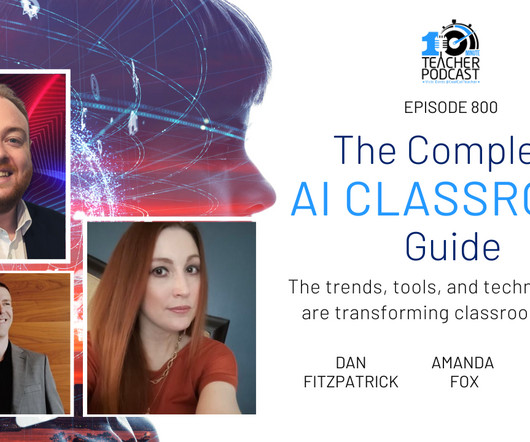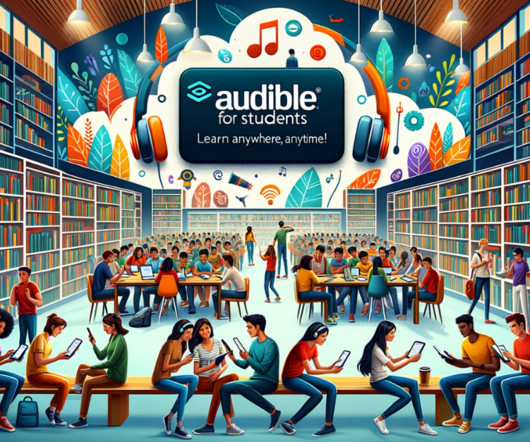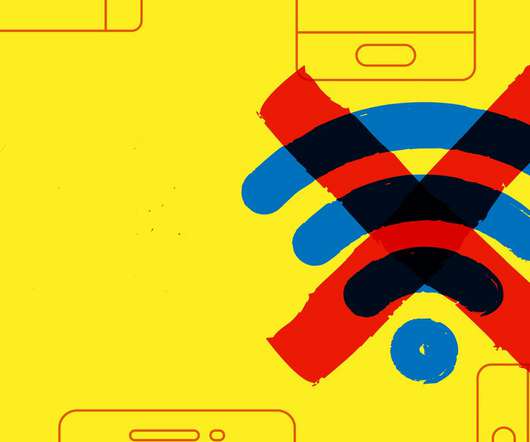Closing the Digital Learning Gap
Digital Promise
JANUARY 8, 2019
Still, huge gaps exist in educational outcomes, high school graduation rates, college readiness and workforce advancements based on race, class, and geography. Technology, and especially the internet and mobile devices such as tablets and smartphones, has become ubiquitous in our daily lives and affordable even to our public schools.

























Let's personalize your content